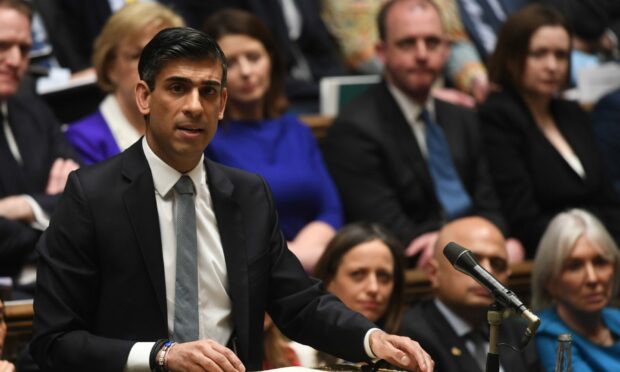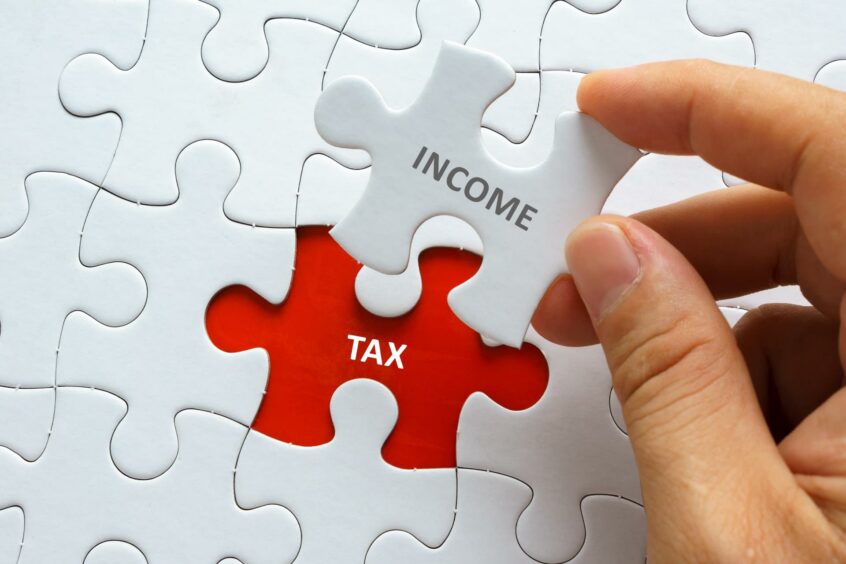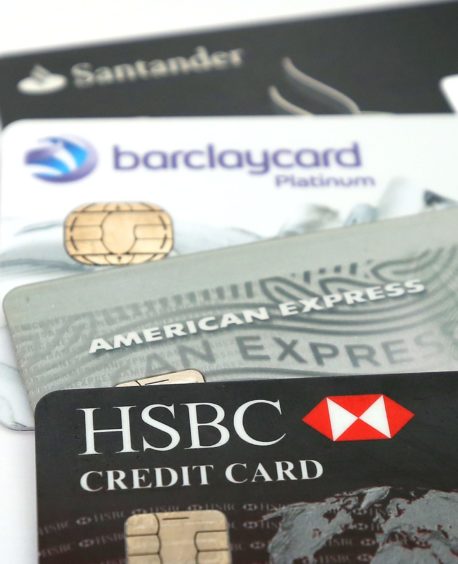The chancellor’s promise of a future income tax cut of a penny in the pound for workers south of the border may put pressure on the Scottish Government to follow suit.
Reducing the basic rate from 20% to 19% in 2024 was described by financial services firm AJ Bell as “the big rabbit out of Rishi Sunak’s hat” on Spring Budget Day.
The move has sparked a debate over whether it will mean people in Scotland paying more or less income tax than those elsewhere in the UK.
What do Scots pay now?
Scotland already has a “starter” rate of 19%, but only for those earning £12,570-£14,732.
There is a 20% basic rate north of the border for those earning £14,732-£25,688.
Higher earners in Scotland pay either the intermediate rate of 21%, a higher rate of 41% or the top rate of 46%.
Daniel Hough, financial planner at wealth manager Brewin Dolphin, said: “The introduction of a 19% basic tax rate in the rest of the UK before the end of this parliament could mean more people in Scotland paying more tax than their equivalents elsewhere in the country.
“In fact, below average earners in Scotland will be worse off.
“This could put pressure on the Scottish Government to reassess the current 19%, 20%, and 21% bands north of the border and bring them more in line with the rest of the UK.”
Below average earners in Scotland will be worse off.”
Daniel Hough, financial planner, Brewin Dolphin.
But Scots will see the benefit of the National Insurance threshold rising by £3,000 after the Spring Budget.
Mr Hough said: “The fuel duty cut will also make a difference, especially in rural Scotland where prices are typically higher than in and around cities.”
Meanwhile, money.co.uk has put together a post-Budget guide to help people struggling with the cost of living crisis.
Claim any benefits you’re entitled to
James Andrews, senior personal finance editor at the website said: “Your first line of financial support is Universal Credit, a monthly allowance from the (UK) government, to help you cover basic necessities like food, rent and bills.
“If you are over the age of 18, unemployed, or on low income, you can apply for Universal Credit through the government website.”
Mr Andrews added: “You can also claim an additional allowance if you have children.
“Most people can receive support for their first two children, although there are some circumstances where you can claim for three or more.
“If you have children but earn too much to claim Universal Credit, the next most common scheme of financial support is Child Benefit.
“This usually works as a monthly allowance, equaling around £21.42 a week for your first child, and an additional £14 a week for each child after.”
Parents should also be aware of free school meals, Mr Andrews said, adding: ” If you live in Scotland, all children are entitled to free school meals up to year five in state schools.
“Beyond this, if you’re receiving Universal Credit, or another benefit including Income Support and Child Tax credit, you can claim free meals for your child.”
Bills, bills, bills
When it comes to paying your bills, it is important they are paid on time, Mr Andrews said.
He added: “Late bill payments often incur fees and negatively affect your credit score.
“It’s also important to prioritise bills to ensure the most important are paid off first.
“This way, you can tick off bills like mortgage payments or rent that could see you lose your home above unsecured loans such as credit cards.”
Mr Andrews continued: “With millions struggling financially, it’s understandable many will turn to using credit cards to make payments.
“These can work in your favour, as credit cards allow you to spread thousands of pounds of purchases over more than a year – often interest-free for the first few months.
“However, if you don’t clear your debt on time, interest quickly starts to build up, especially if you’re only making the minimum payment each month.”
Seek help
Outstanding debts can “feel like a huge weight, affecting your relationships, mental health and threatening your financial security”, he said, adding: “The worst thing you can do is try and tackle this on your own.
“If you’re really struggling and need short-term support, you can get independent advice from several specialist services.
“The most important thing to remember is that you shouldn’t have to suffer on your own. Help is always available – just ask.”
Aberdeen firm’s ’empowered’ women breaking mould in financial services
Spend or save? It’s the post-lockdown dilemma facing young Scots




